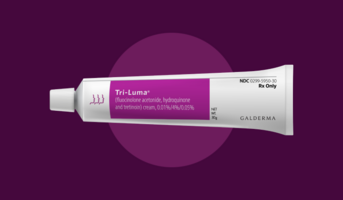Understanding the potential side effects of Tri-Luma is crucial before starting any new skincare regimen. This comprehensive guide delves into the common and less common reactions associated with this popular hydroquinone-based cream, helping you make an informed decision about its suitability for your skin. We explore the potential for irritation, such as redness, dryness, and burning sensations, providing valuable insights into managing these side effects and minimizing discomfort. Knowing what to expect can empower you to proactively address any issues that may arise during your treatment.
This in-depth resource provides clear and concise information about the possible side effects of Tri-Luma, including those that are more infrequent but still important to be aware of. We examine potential reactions like ochronosis, a rare but serious skin discoloration, and discuss the importance of consistent application and sun protection to mitigate the risk of such complications. By understanding these potential risks, you can engage in a more informed conversation with your dermatologist and make a decision that best aligns with your individual skin health goals.
Beyond simply listing side effects, this guide aims to provide you with practical strategies for managing and minimizing any potential discomfort. We offer advice on proper application techniques, the importance of sun protection, and recommendations for soothing irritated skin. Our goal is to equip you with the knowledge and tools necessary to navigate the Tri-Luma experience with confidence and achieve the best possible results while prioritizing your skin’s well-being. This information empowers you to partner effectively with your healthcare provider in managing your skin concerns.
Ultimately, this resource serves as a valuable tool for anyone considering using Tri-Luma or currently using it. By understanding the potential side effects, you can make a more informed decision about its suitability for your skin type and concerns. Remember, individual reactions can vary, and consulting a dermatologist before starting any new skincare treatment is always recommended. This guide is designed to complement professional medical advice, not replace it. It provides valuable information to help you engage in a productive and informed dialogue with your doctor about your skin health journey.

